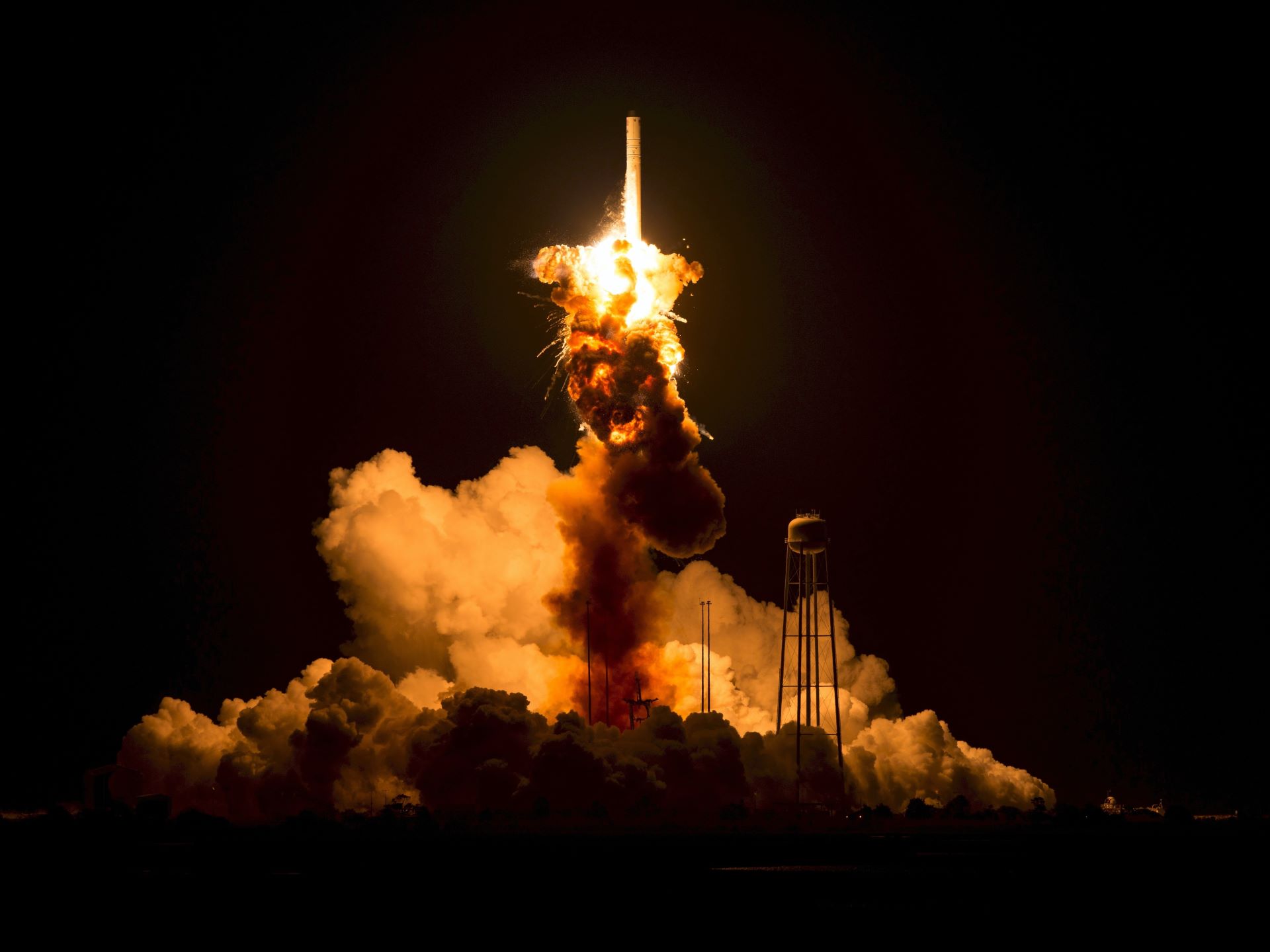The Lamen

JAPAN’S ROCKET LAUNCH MANAGED TO DELIVER THE PAYLOAD TO THE SEAS.
HOW JAPAN’S ROCKET LAUNCH HAD A (SOMEWHAT) GLORIOUS END
Japan’s latest attempt at capitalizing on the booming growth of the space industry ended in a fizzle, or self-destruction to keep things more accurate.
What was meant to be the inaugural launch of Japan’s Aerospace Exploration Agency’s (JAXA) next-gen H3 rocket was signaled to self-destruct just 19 minutes after the craft lifted off.
WHAT WE KNOW HAPPENED.
Japan’s rocket launch this Tuesday appeared to be smooth sailing at first, with the rocket successfully lifting off at 10:37 a.m. The 63-meter-tall spacecraft was developed by Mitsubishi Heavy Industries over a decade, in an attempt to take on Elon Musk’s SpaceX.
The first stage of the liftoff went as planned, however, signs of trouble soon emerged after the craft reached about 300 kilometers off the ground.
“It seems that the velocity is coming down,” said announcers on the JAXA live feed. All we know so far is that the craft couldn’t initiate H3’s second-stage engine — which meant that the H3 could no longer travel a save trajectory.
After announcing that there was no possibility of achieving the mission under the circumstances, the agency initiated the self-destruction of the rocket as well as the Advanced Land Observation Satellite-3 (ALOS-3) it was carrying.
The resulting debris was forced into a remote part of the ocean into the Philippine Sea.
Beyond the fact that the second-stage rocket didn’t kick in, not much is known about what went wrong, but JAXA did report that a full investigation will be conducted.
This was JAXA’s second attempt at launching the H3 rocket, following another aborted launch last month, where a system malfunction stopped the ignition of the side booster.
MILLIONS DOWN THE HATCH.
The H3 rocket is a joint effort between JAXA and Mitsubishi Heavy Industries — being under development for over a decade. A Japanese government official has called the recent event a “very regrettable” failure.
The development costs of the rocket have already totaled over $1.5 billion, and JAXA expects to use it to launch payloads such as satellites into space. They expect to launch the H3 around 6 times a year for the next two decades.
The main appeal of the rocket is its lower cost of launch, with JAXA quoting that every launch of the H3 will cost about $50 million, significantly more economical that the $67 million per launch cost of SpaceX’s Falcon 9. This is achieved by a design that includes a lower-cost engine containing some 3D-printed parts.
However, the rocket still seems pretty far from success.
“Unlike the previous cancellation and postponement, this time it was a complete failure,” said Hirotaka Watanabe, a professor at Osaka University according to Reuters. “This will have a serious impact on Japan’s future space policy, space business and technological competitiveness,” he added.